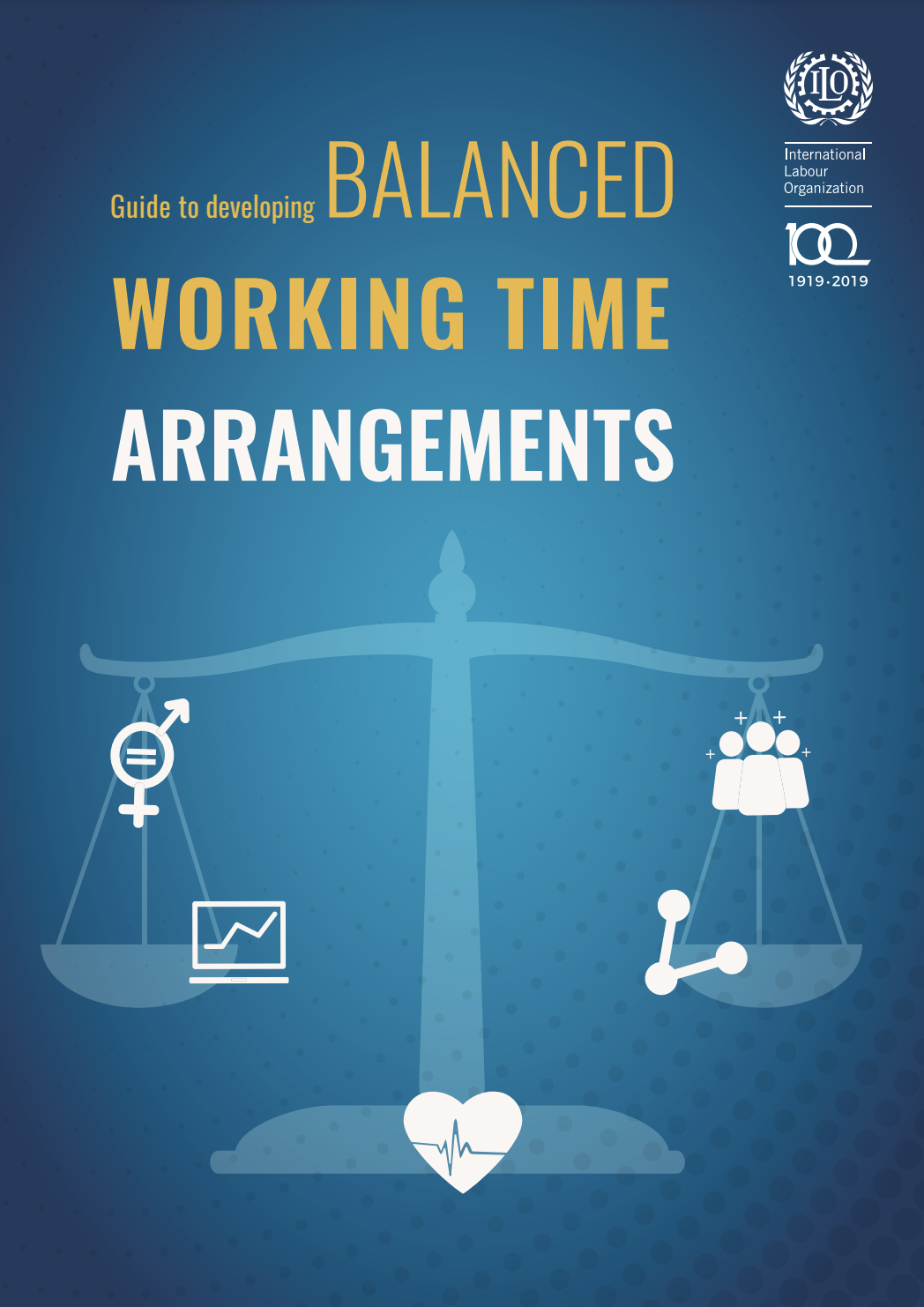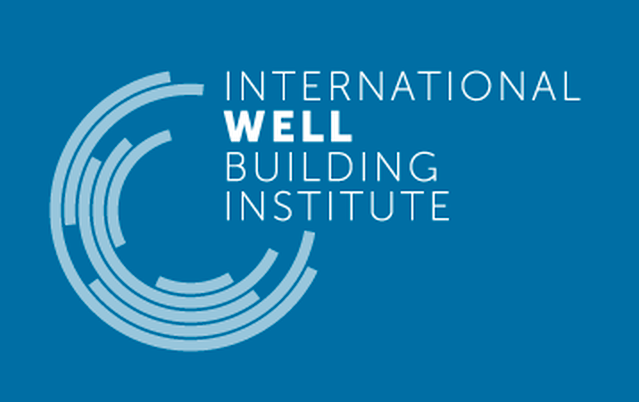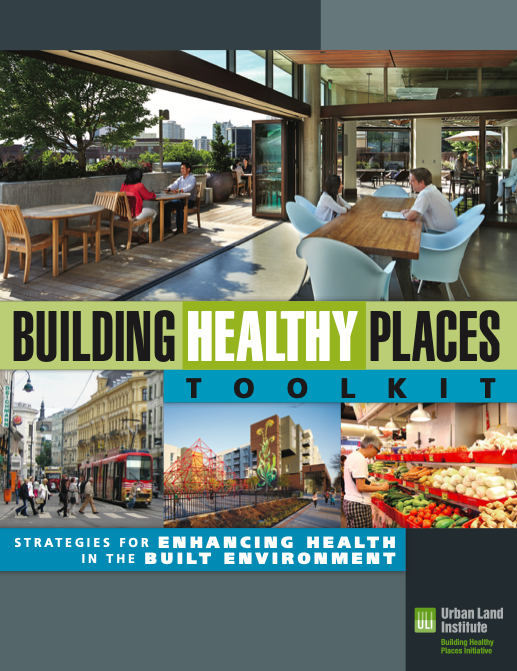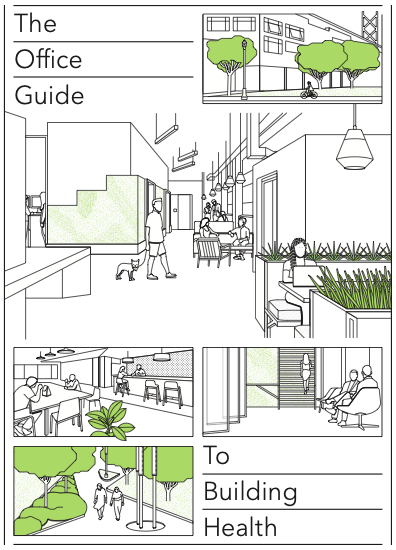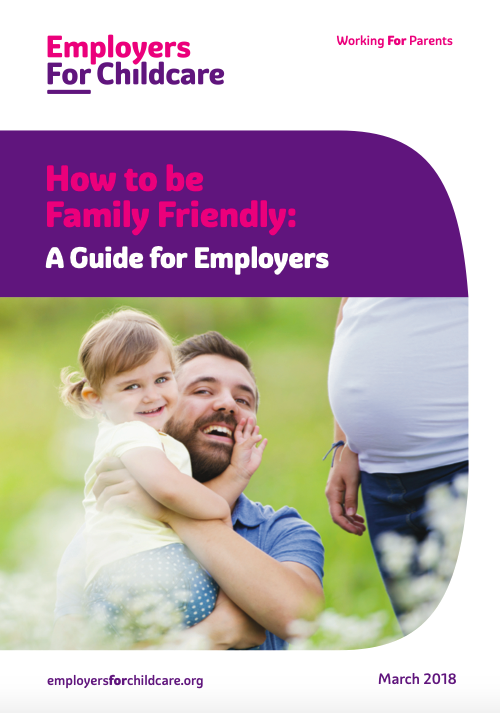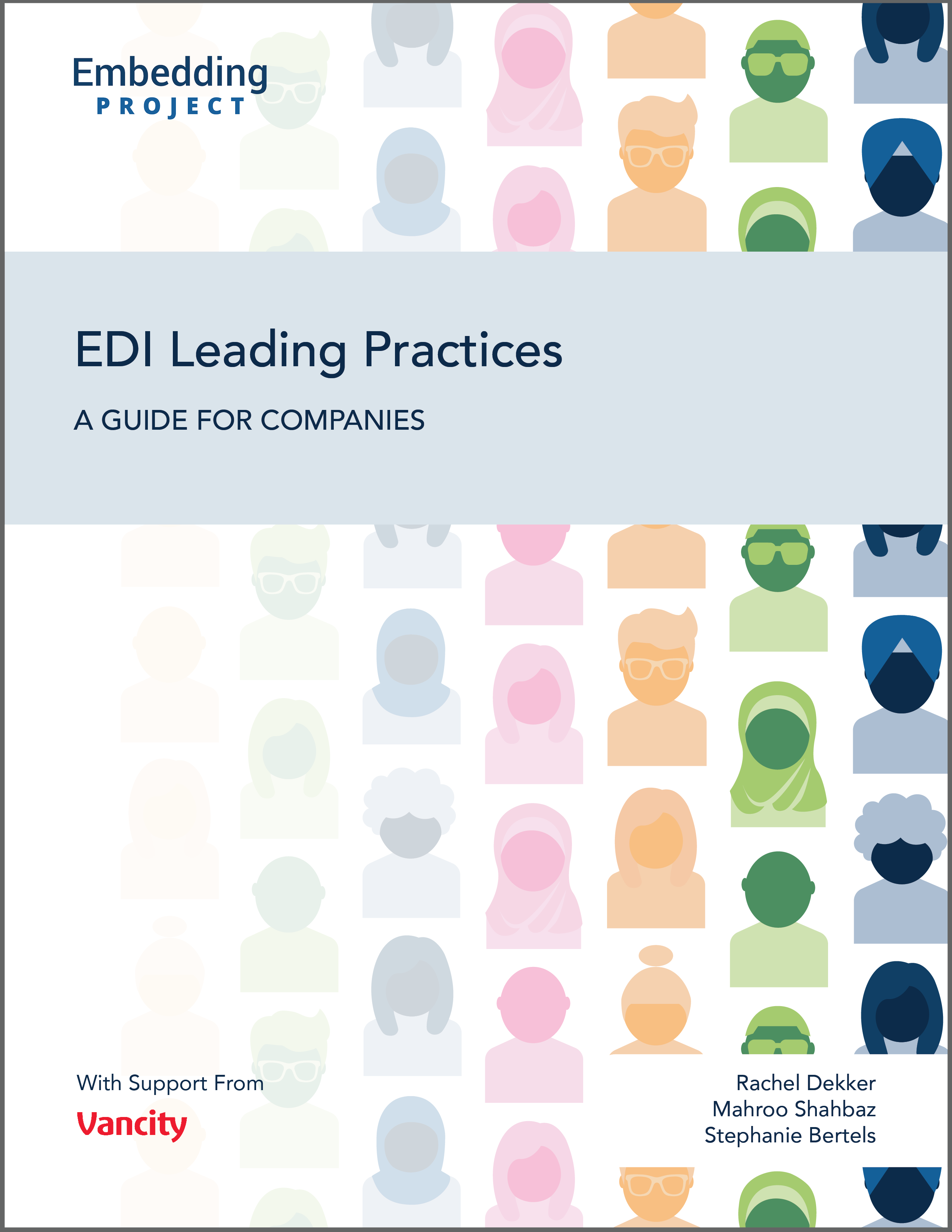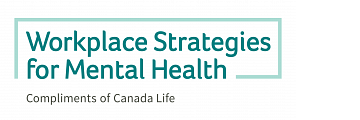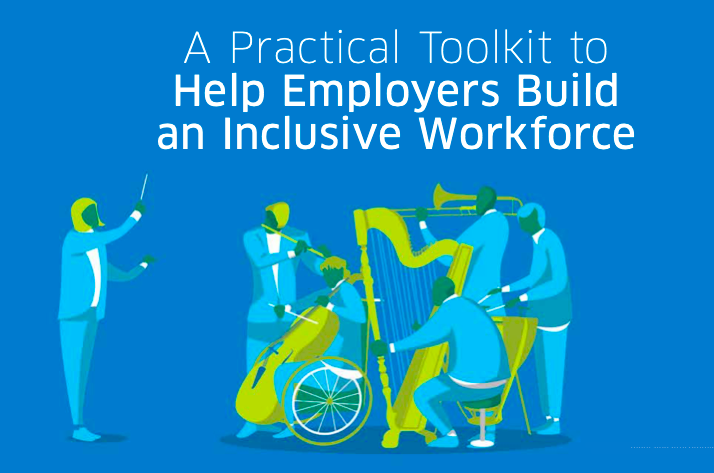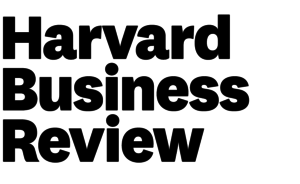Worker Wellness
Description
Includes good health and wellbeing; health promotion; right to reasonable working hour limitations; predictable work hours; right to paid time off; compassionate leave; paid maternity/parental leave; elder or child care leave; access to child care; healthcare and wellness benefits; retirement benefits; parental benefits; access to group insurance; reintegration support; health and injury insurance; access to leisure and exercise; flexible and/or remote work arrangements; natural lighting and airflow; accessible design; healthy and culturally appropriate nutrition; and appropriate and safe work from home.
Share this Subissue on:LinkedIn
Resources
Fair and Flexible Work Schedules
Guide to Developing Balanced Working Time Arrangements
This practical guide from the International Labour Organisation (ILO) can help you create balanced and healthy work schedules that will benefit both your employees and the company at large. It provides a set of five guiding principles for developing work schedules that are healthy, productive, family-friendly, and more. It also provides tips, examples, and recommendations for how to structure different types of working time arrangements and provides a collaborative four-step process for designing and implementing these arrangements. This resource will be of particular benefit to HR professionals, sustainability change agents, operations managers, and senior leaders.
Base code clause 6: working hours are not excessive
This resource from the Ethical Trading Initiative (ETI) can help you better understand what it means to align working hours with the International Labour Organisation conventions (ILO). The code includes six standards on the limits to working hours, a list of resources, and a summary of relevant ILO conventions. It also includes a detailed FAQ section providing further clarity on ETI’s standards. This resource will be most useful to HR and supply chain management teams.
Healthy and Inclusive Workplace Design
Workplace design and set-up allow employees to benefit from natural lighting and airflow. The company actively engages in health promotion, including the option (but not requirement) to obtain annual flu and virus inoculations, ergonomic workstation equipment and set-up, time for movement breaks, or incentives to participate in sports or other outdoor/health promotion activities. Where the company provides meals, most meal options are healthy, nutritious, and culturally appropriate. Workers have access to adequate leisure time and exercise, including where workers are employed in labour camps, on vessels, in factory communities, or other settings where they are unable to go home on their personal time. The workplace, accommodations, and any communal spaces are designed and built to be accessible to persons of diverse abilities. The company makes reasonable accommodations for workers to work in the home, where feasible and safe, and provides the necessary hardware, software, and ergonomic workstation equipment for workers to do so.
WELL Building Standard
This research-informed resource from the International WELL Building Institute (IWBI) will help you to create and support thoughtful and intentional spaces that enhance human health and well-being. WELL draws upon the expertise of medical professionals, public health experts, building scientists, and thousands of other practitioners and WELL users to advance the quality of life of workers. The standard addresses ten key concepts such as air, light, thermal comfort, movement, and materials in the workplace, and provides evidence-based recommendations for performance-testing and optimisation.
Building Healthy Places Toolkit
This toolkit from the Center for Active Design outlines opportunities to improve worker health through changes in approaches to buildings and projects. Developers, owners, property managers, investors, and others involved in real estate decision-making can use these strategies and tactics to create places that contribute to healthier people and communities.
The Toolkit provides 21 evidence-based recommendations that are supported by action-oriented best practice strategies. The report also includes seven schematics that illustrate how the recommendations can be applied across real estate product sectors.
The Office Guide to Building Health
This manual will help you to to create a healthy, welcoming environment, and offers guidance to support the health and productivity of your team through evidence-based design and operational approaches - regardless of budget, capacity, or expertise. This manual is a good starting point for understanding the essential factors that create a health-promoting workplace, and is specifically directed towards company leaders, officer managers, and design teams from tenant companies in commercial projects.
Fitwel Resources
Fitwel has created and compiled publications, research, certifications, and digital tools to help create healthy and engaged communities. Users can select one of six focus areas: neighborhoods, housing, workplace, editorials, case studies, publications, and COVID-19 resources. In particuar, their Office Guide to Building Health will help decision-makers locate and select an appropriate space; design and fit out the space to prioritise health and wellness; and strengthen existing spaces by adjusting prioriities and establishing policies and procedures.
Family Supports
The company offers employees and contractors paid maternity and paternity leave (including for non-biological parents) as well as parental benefits. Workers are able to take parental leave to care for small children as well as leave for elder care. They have access to adequate compassionate leave for bereavements or to care for a family member with significant risk of death. The company offers flexible work and/or remote work arrangement where practicable, to allow workers to more easily meet their family obligations.
How to be Family Friendly: A Guide for Employers
Studies show that employees with a supportive employer are most satisfied with their work-life balance. This toolkit from Employers For Childcare introduces an 8-step process (with supporting considerations and questions) that will help you to develop and implement a family-friendly workplace culture.
Work + Family Researchers Network
The Work + Family Researchers Network has compiled a large repository of resources, organisations, and projects that are focused on supporting work-family balance. The repository is organised into eight sections based on their origin, including universities and corporations. is ideal for decision makers within organizations who would like to familiarize themselves with both the benefits and steps of implementing workplace flexibility practices.
Bridging the Gap: Exploring the Intersection of Workforce Development and Childcare
Preparing for employability (such as through education and training) and finding suitable jobs can be challenging, and especially for low-income parents. This research report from the Urban Institute can help you better understand the workforce development challenges faced by those rearing and supporting families. Although it is written from the US public sector perspective, it highlights the challenges and opportunities at the intersection of child care systems and workforce development programs, and contains a number of insights that are broadly relevant to organisations seeking to provide training or educational opportunities to their employees. This resource will be of particular value to HR professionals and leaders responsible for employee development.
Redesigning the workplace to be family-friendly: What governments and businesses can do
This short article from UNICEF calls upon governments and business to invest in family-friendly policies that can help parents to provide the best possible start in life - all while boosting productivity, retention, and women's empowerment. The article provides a high-level explanation of the benefits to children, women, businesses, and the economy at large, and links to a range of evidence briefs on the benefits of family-friendly policies and other resources for employers.
Family-Centered Approaches to Workforce Program Services
This research report from the Urban Institute can help you better understand the workforce development challenges of low-income parents. Although it is written from the US public sector perspective, it contains a number of insights that are broadly relevant to organisations seeking to provide training or educational opportunities to their employees. For instance, it covers the implication of childcare on workforce development and the related challenges and opportunities.
A Guide for Corporate Leaders on Paid Leave Policies
This short guide from Just Capital provides evidence-based leading practices on paid leave that can help you to improve worker well-being, resilience, and performance. It summarises the business case for paid leave, provides an overview of paid leave offerings from among Russell 1000 companies, provides industry insights into paid leave benefits, and showcases examples of leading practice. This guide will be especially beneficial for HR, sustainability, and strategy professionals, as well as managers, and senior leaders.
Other Resources
EDI Leading Practices: A Guide for Companies
Workplace equity, diversity, and inclusion (EDI) is a complex and rapidly evolving space, and increasingly, companies are interested in understanding how to meaningfully advance EDI in their organisations. To help them do so, we consulted EDI research and guidance, reviewed practices of over 100 companies, and sought input from practitioners across a range of industries and geographies. Our Equity, Diversity, and Inclusion Leading Practices Guide offers a comprehensive framework with practices, case studies, and resources to help organisations embed EDI into their strategy, structures, and culture.
Workplace Strategies for Mental Health
This platform provides a broad range of tools and resources for workplace mental health and psychological safety. Designed for workers across the corporate spectrum, this one-stop shop includes resources on organizational strategy materials for leaders, such as policies, programs, and preventative strategies; materials to help manage employee concerns and improve leadership and teambuilding; and materials to support employee well-being both at work and at home. They also provide assessments, workshop slides, and facilitator guides to help you with sharing the information.
A Practical Toolkit to Help Employers Build an Inclusive Workforce
This toolkit from the Mental Health Commission of Canada is an excellent resource for creating an accommodating and inclusive workplace and addressing the needs of workers living with mental illness.
The toolkit is divided into five sections: an organisational self-assessment that will help you to identify what your organisation is doing well and where it can improve; an exploration of workplace strategies and resource for addressing key issues; case scenarios; a framework to help you assess your organisation's ROI and predict related costs; and practical tools that will help you to monitor, evaluate, and ensure ongoing improvement.
The toolkit will benefit HR professionals and employees tasks with wellness, diversity, and other sustainability-related responsibilities to improve recruitment and retention, and to support policies and practices that affect everyone.
Workplace Strategies for Mental Health: Assessments, tools and workshops
This platform from Canada Life provides a comprehensive range of free materials, tools, and resources that can help you to support mental health and psychological safety in the workplace. Workshop materials including slide presentations, facilitator guides, and participant handouts on topics such as conflict, bullying, harassment, emotional intelligence and resilience, leadership skills, inclusivity and discrimination, work-life balance, workload management, and more.
The Wellness Syndrome
Are corporate wellness programs making people worse? Researchers Andre Spicer and Carl Cederström explore how our current approaches to wellness may be resulting in guilt, reduced productivity, and a number of other outcomes that actually make us less healthy and more anxious. This will be an interesting read for practitioners involved in wellness programs at their organisations.
What’s the Hard Return on Employee Wellness Programs?
Historically, employee wellness programs have been viewed as an extra benefit to employees, rather than a strategic imperative to the business. But research suggests that the ROI on comprehensive, well-run employee wellness programs can be impressive. In this article, authors Berry, Mirabito, and Baun explain that the most successful wellness programs are supported by six essential pillars: engaged leadership at multiple levels; strategic alignment with the company’s identity and aspirations; a design that is broad in scope and high in relevance and quality; broad accessibility; internal and external partnerships; and effective communications.
Driving Co-Benefits for Climate and Health: how private sector action can accelerate progress
This report from Forum for the Future and Walgreens Boots Alliance can help you to understand the potential effects of climate change impacts on public health, as well as the actions that businesses can take to support positive health outcomes. The guidance in this document has been developed from a series of round-table discussions that brought together businesses, NGOs, scientists, government advisors, and philanthropists, with a focus on three intersecting climate and health topics: air pollution, nutrition, and malaria. This resource would be of particular value to sustainability professionals in explaining the business case for action on intersecting climate and health issues; delivering a framework for action to senior leaders; and sharing practical ways to drive positive change within the workplace, supply chain, and communities beyond.
Decent Working Time: Balancing Workers’ Needs with Business Requirements
This resource from the International Labour Organisation (ILO) provides a framework for policies and practices that can help you to advance the goal of decent work in the area of working time. It introduces and explains five dimensions of "decent working time," including healthy working time, family-friendly working time, gender equality through working time, productive working time, and choice and influence regarding working time. It also provides tangible and practical actions that your company can take immediately to advance these dimensions.
Guide to Developing Balanced Working Time Arrangements
This practical guide from the International Labour Organisation (ILO) can help you create balanced and healthy work schedules that will benefit both your employees and the company at large. It provides a set of five guiding principles for developing work schedules that are healthy, productive, family-friendly, and more. It also provides tips, examples, and recommendations for how to structure different types of working time arrangements and provides a collaborative four-step process for designing and implementing these arrangements. This resource will be of particular benefit to HR professionals, sustainability change agents, operations managers, and senior leaders.
